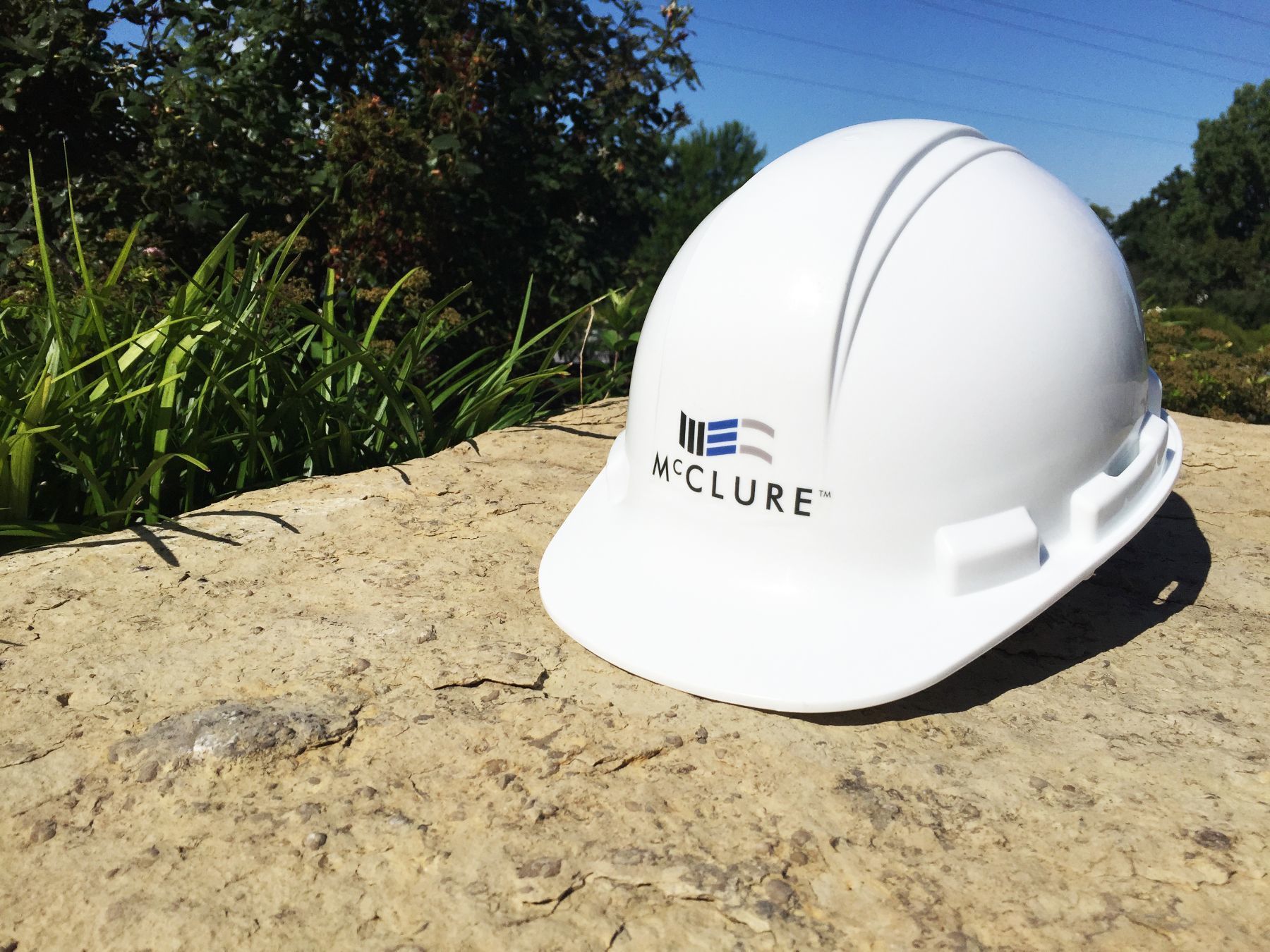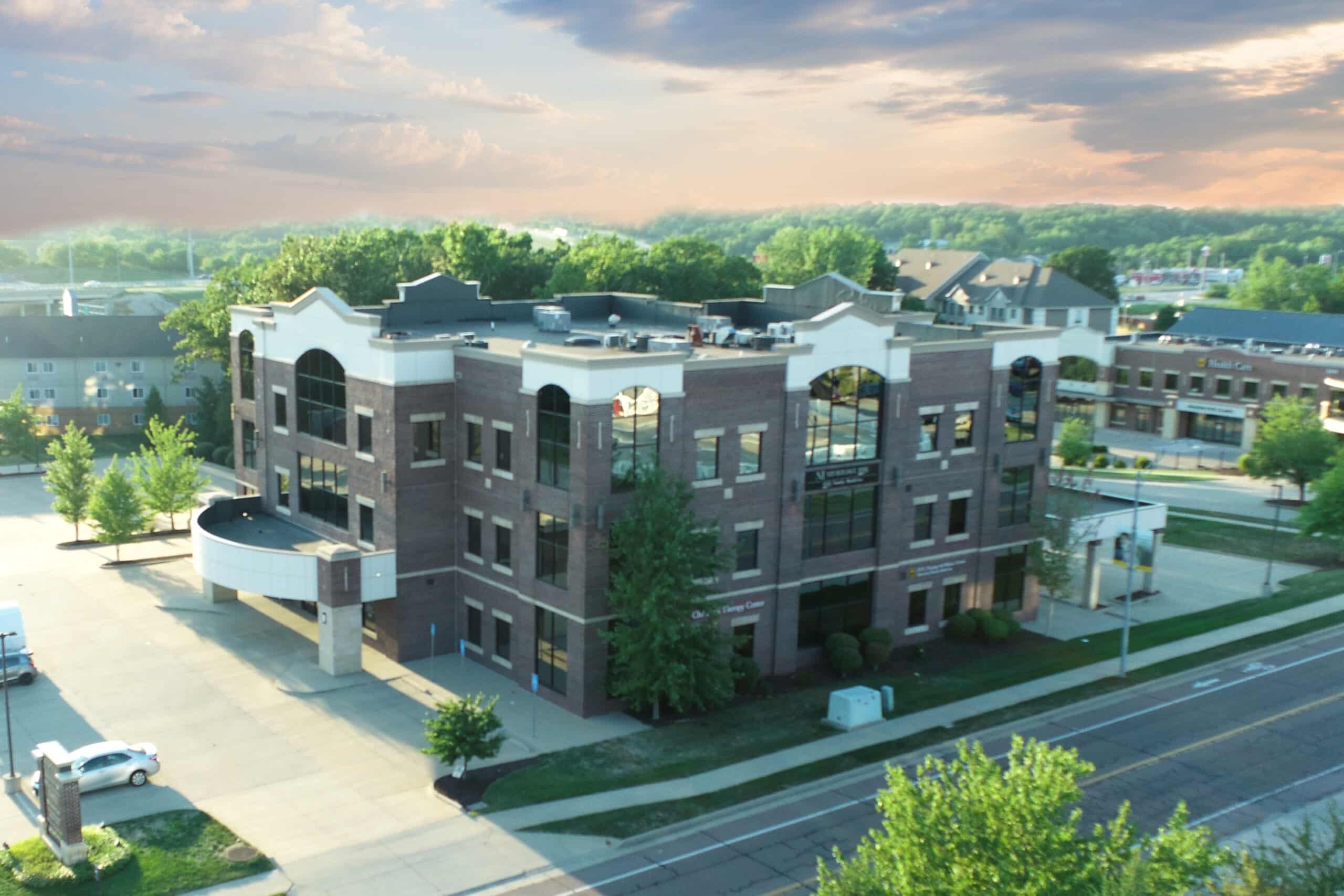Standing Up to Time, Severe Damage and More

How long a building stands is a large portion of the total value it provides. After all, a school isn’t worth much educational value if it collapses after only a few months of being open. Modern construction projects use durable materials to ensure these buildings can stand as long as possible.
But certain buildings are at a higher risk of collapse than others. While this is sometimes because of where it was built, risk is also influenced by the purpose of the building itself. Many military or government buildings contain important information or are responsible for key functions during war or emergencies. To ensure they stay standing even under direct attack, these buildings should be resistant to blast damage and progressive collapse.
McClure approaches these projects with the utmost secrecy and professionalism. We’ve collaborated with the Department of Defense as well as many private entities to help these unique projects succeed.
How can a Building Be Blast and Progressive Collapse Resistant?
In other words, what makes a building blast and progressive collapse-resistant? Buildings must meet a large number of additional structural and safety requirements. They should be able to stand up to hurricanes and earthquakes as effectively as they do direct military assault. When choosing materials, high durability is a must.
Blast Resistance
In order to be blast resistant, a building should be designed to withstand direct damage from explosions or similar events, including military ordinance. Reinforced steel and thick walls of concrete can be found in many blast resistant structures. But interior elements should also be considered. Fixtures, utilities and even the furniture can be chosen based on how well they’ll stand up to blast damage.
Some key aspects of blast resistance include:
- Limiting where blast damage can occur: while you can’t predict where a blast will appear, you can influence what parts of the building may be targeted. These areas can be strengthened, or designed in such a way that collapse here won’t cause damage somewhere else.
- Prioritizes vital structural elements: certain load-bearing walls and columns are more important for structural integrity than others. We can identify the most important structural elements and help you take the steps necessary to protect them.
- Ensures saving lives over the building itself: the best engineers know that no building will last forever. The design process should accommodate the fact that saving lives is more important than sparing the building from damage entirely.

Progressive Collapse Resistance
Progressive collapse is a slower process, but also one that’s harder to plan for. Over time, construction materials age or degrade. This often happens deep within the structural elements, making signs of collapse difficult to detect. When localized damage occurs, it can create a chain reaction that eventually results in more damage including collapse.
For example, picture a multi-story apartment building. When one apartment suffers severe fire damage, it can eventually lead to other apartments being affected. In fact, severe progressive collapse can even bring down entire buildings, though fortunately, this is a rare occurrence.
Progressive collapse including damage can even occur while construction is still underway. If this damage isn’t noticed, it can cause more problems long after construction is finished.
Can Privately-Owned Buildings be Blast and Progressive Collapse Resistant?
The military isn’t the only entity that needs buildings to be blast and progressive collapse resistant. While McClure is proud to have partnered with the D.O.D on many projects, we’ve also helped with other public buildings as well as privately-owned properties including:
- Courthouses: influential legal cases and large numbers of records can make courthouses a priority for additional protection.
- Airports and Train Stations: these key pieces of infrastructure hold high economic and strategic value, especially near major metro areas.
- Veteran Affairs: investing in protection for VA offices and hospitals ensures military veterans always have access to healthcare and other services.
Standing Up to Time, Severe Damage and More
How long a building stands is a large portion of the total value it provides. After all, a school isn’t worth much educational value if it collapses after only a few months of being open. Modern construction projects use durable materials to ensure these buildings can stand as long as possible.
But certain buildings are at a higher risk of collapse than others. While this is sometimes because of where it was built, risk is also influenced by the purpose of the building itself. Many military or government buildings contain important information or are responsible for key functions during war or emergencies. To ensure they stay standing even under direct attack, these buildings should be resistant to blast damage and progressive collapse.
McClure approaches these projects with the utmost secrecy and professionalism. We’ve collaborated with the Department of Defense as well as many private entities to help these unique projects succeed.
How can a Building Be Blast and Progressive Collapse Resistant?
In other words, what makes a building blast and progressive collapse-resistant? Buildings must meet a large number of additional structural and safety requirements. They should be able to stand up to hurricanes and earthquakes as effectively as they do direct military assault. When choosing materials, high durability is a must.
Blast Resistance
In order to be blast resistant, a building should be designed to withstand direct damage from explosions or similar events, including military ordinance. Reinforced steel and thick walls of concrete can be found in many blast resistant structures. But interior elements should also be considered. Fixtures, utilities and even the furniture can be chosen based on how well they’ll stand up to blast damage.
Some key aspects of blast resistance include:
- Limiting where blast damage can occur: while you can’t predict where a blast will appear, you can influence what parts of the building may be targeted. These areas can be strengthened, or designed in such a way that collapse here won’t cause damage somewhere else.
- Prioritizes vital structural elements: certain load-bearing walls and columns are more important for structural integrity than others. We can identify the most important structural elements and help you take the steps necessary to protect them.
- Ensures saving lives over the building itself: the best engineers know that no building will last forever. The design process should accommodate the fact that saving lives is more important than sparing the building from damage entirely.
Progressive Collapse Resistance
Progressive collapse is a slower process, but also one that’s harder to plan for. Over time, construction materials age or degrade. This often happens deep within the structural elements, making signs of collapse difficult to detect. When localized damage occurs, it can create a chain reaction that eventually results in more damage including collapse.
For example, picture a multi-story apartment building. When one apartment suffers severe fire damage, it can eventually lead to other apartments being affected. In fact, severe progressive collapse can even bring down entire buildings, though fortunately, this is a rare occurrence.
Progressive collapse including damage can even occur while construction is still underway. If this damage isn’t noticed, it can cause more problems long after construction is finished.
Can Privately-Owned Buildings be Blast and Progressive Collapse Resistant?
The military isn’t the only entity that needs buildings to be blast and progressive collapse resistant. While McClure is proud to have partnered with the D.O.D on many projects, we’ve also helped with other public buildings as well as privately-owned properties including:
- Courthouses: influential legal cases and large numbers of records can make courthouses a priority for additional protection.
- Airports and Train Stations: these key pieces of infrastructure hold high economic and strategic value, especially near major metro areas.
- Veteran Affairs: investing in protection for VA offices and hospitals ensures military veterans always have access to healthcare and other services.
Where We Make an Impact
McClure can reinforce your project with everything it needs to be blast and progressive collapse resistant.
WHERE WE MAKE AN IMPACT
Trust McClure for durable engineering and efficient solutions.

















